Our Story
In 2009, Dr. Nigel Bradly set out to build a team dedicated to creating lasting environmental impact.
Today, EnviroStrat’s team combines expertise across environmental science, technology, policy, economics, law, investment, and communications – all bound by a shared passion for nature. We unite scientific innovation with commercial insight and philanthropic investment to drive measurable environmental gains. As a venture studio, EnviroStrat advances the Blue Economy through projects that blend ocean regeneration with economic outcomes.
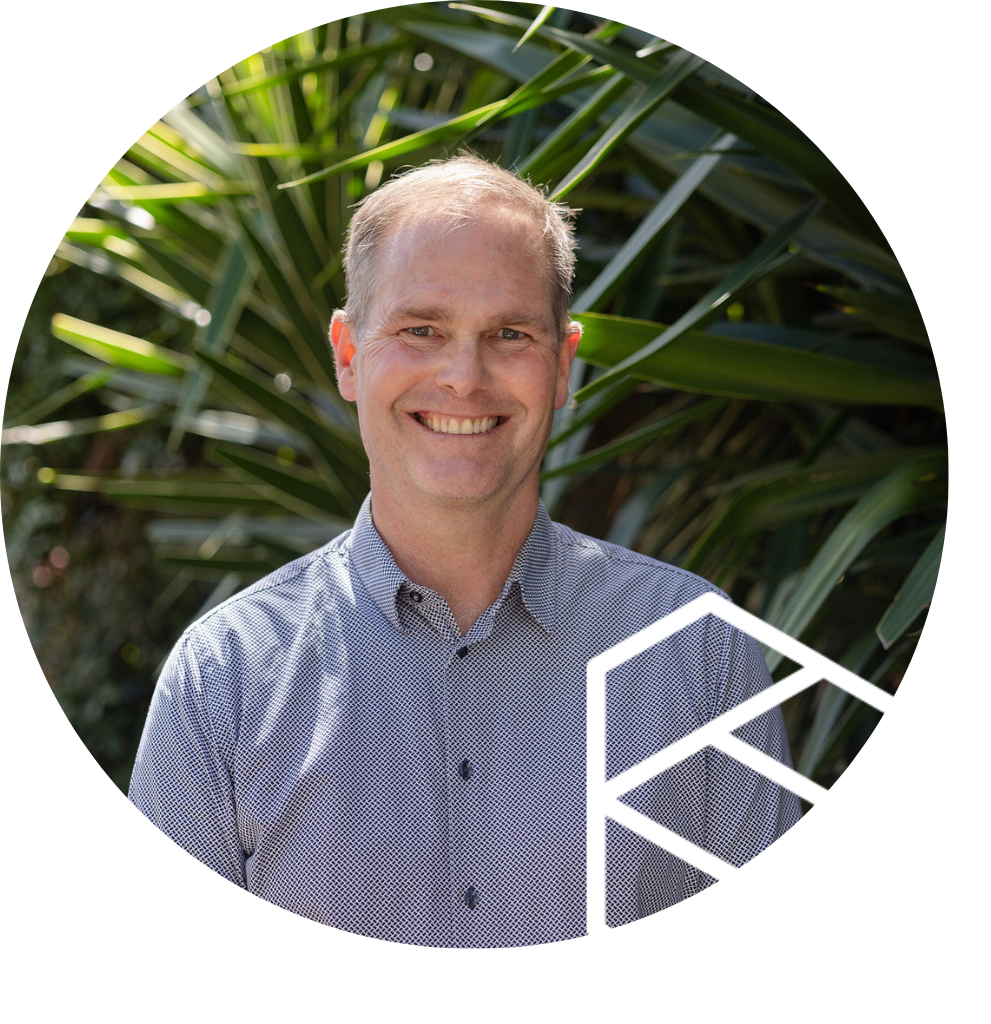
Meet Our Team
Diverse perspectives bring diverse problem solving capability. EnviroStrat is multidisciplinary and global, with projects in the Pacific, Southeast Asia and Africa, and clients that include World Bank Group, and Governments globally.
Our People
We collaborate.
None of us can do this alone. Sharing our own knowledge and amplifying the impact of those we work alongside is how we do our urgent work. This collaboration created several ‘first in New Zealand’ Blue Economy movements; nature solutions that were successfully deployed elsewhere, adapted for Aotearoa.
We are filled with hope.
Alongside our team members with long experience, we have a young team of smart problem-solvers, tackling environmental challenges with optimism and hope for a future where people and nature thrive.
Executive
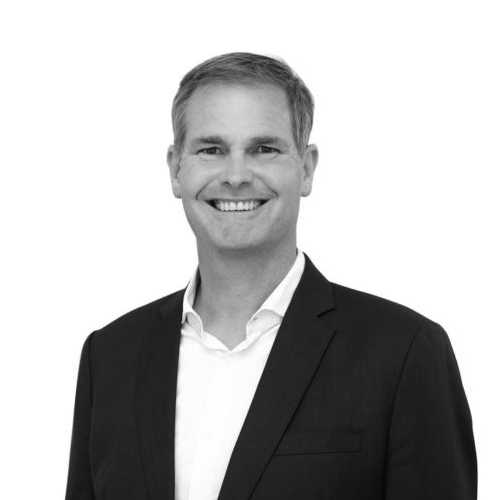

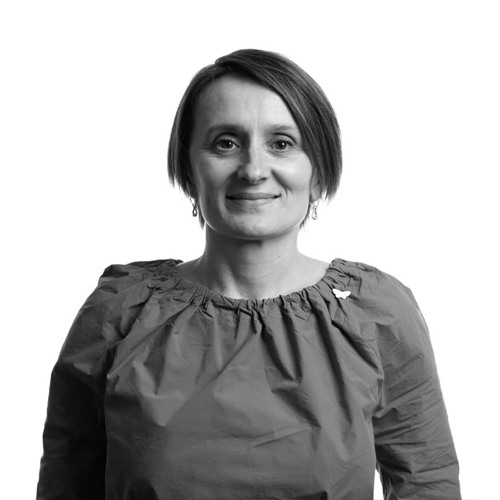
Technical

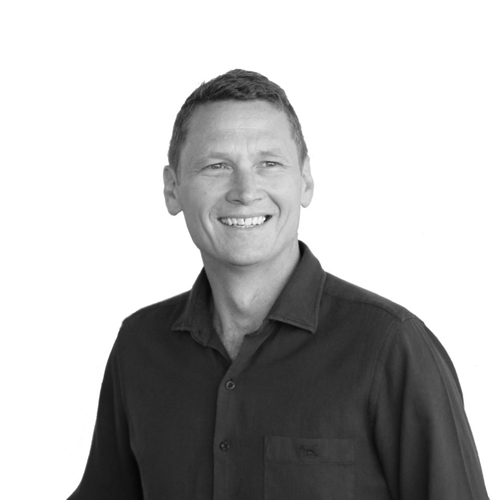
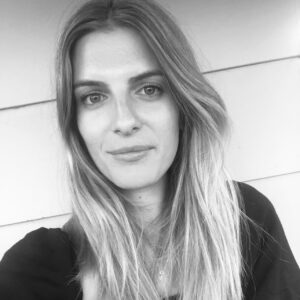
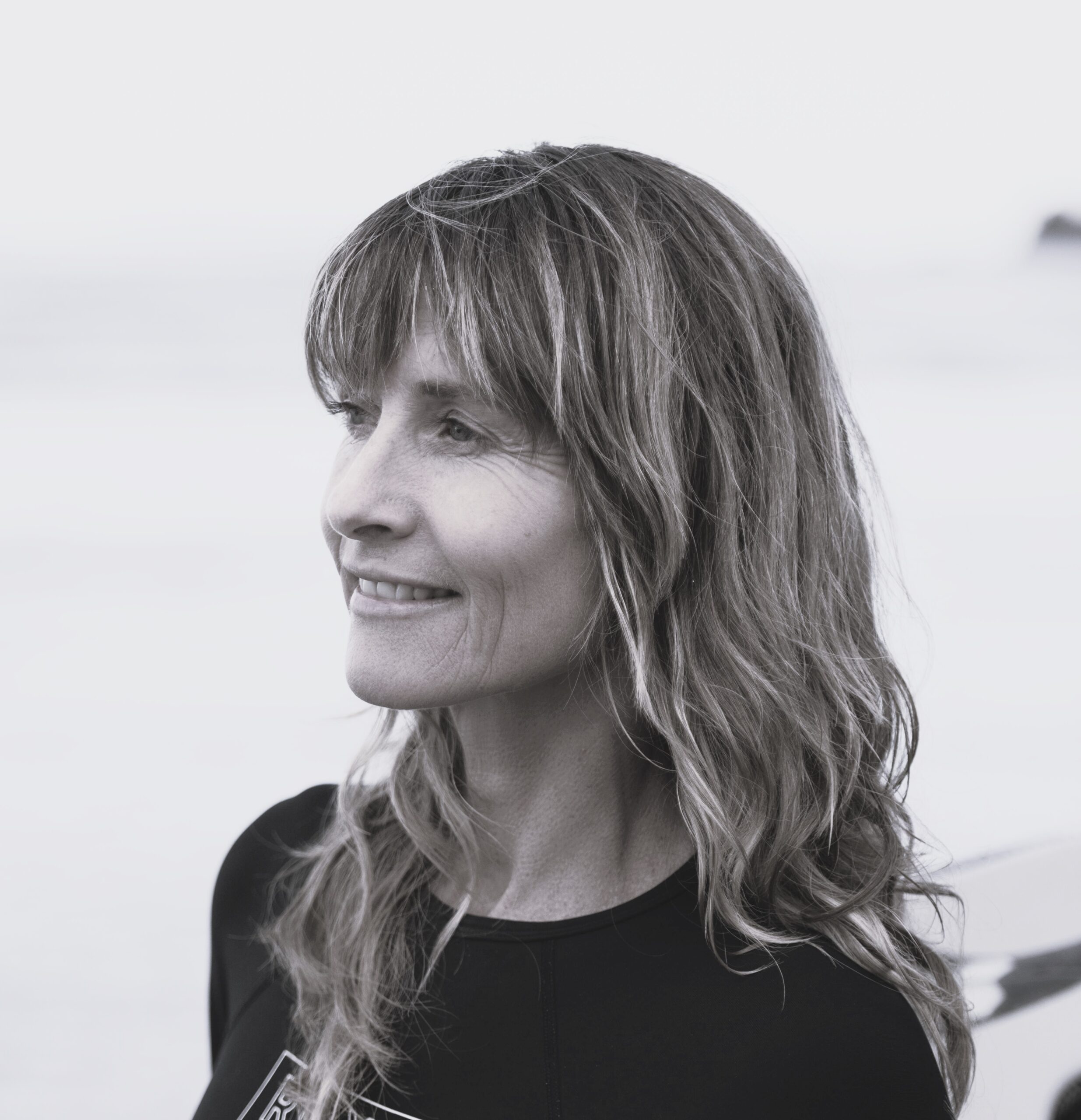


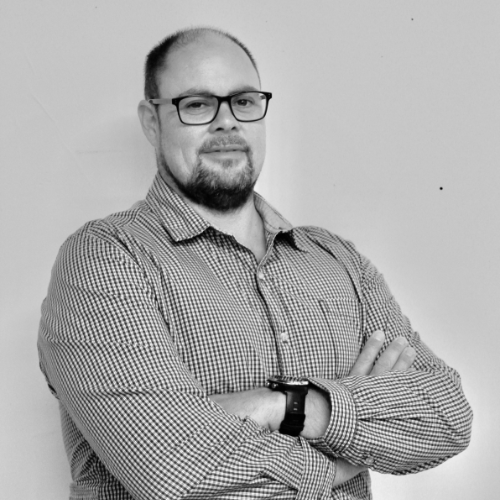
Q&A with Ross Abercrombie
Q - You work on landscape-scale solutions. Can you walk us through what that looks like?
A - Yes, typically we work with a range of clients addressing large-scale catchments or Freshwater Management Unit (FMU) scale projects. Our focus is on landscapes, contaminant losses, and mitigation strategies. We’ve worked on various land projects, from multi-farm catchment assessments to complete Regional Greenhouse Gas Inventory assessments. Our work often encompasses land, air, and water, sometimes with a focus on future climate risks and challenges.
A unique aspect of our work is our involvement with impact investment agencies to help secure financing for necessary changes. Project development isn’t a widespread skill in many consultancies, but we’ve been doing this for years, including sourcing funds via grants and investments from philanthropic contacts. This allows us to structure blended finance deals, underpinned by standards—a hot topic now, with “nature” becoming the new “carbon.”
Q - Over your decades-long career in sustainable land use, are there any standout achievements we can be inspired by?
A - A couple come to mind. One is my work with South Waikato farmers on nutrient management after the Taupo regulations came into play. Many farmers were anxious about potential regulation limiting their operations. Over six years, we collaborated with farmers in two catchments, building a framework of mitigation strategies that allowed them to choose solutions suited to their unique needs. This work demonstrated how Farm Environment Plans (FEPs) could function, and it was independently monitored and evaluated, providing measurable outcomes that informed policy development.
Another example was during my time in the on-farm R&D team at New Zealand’s largest dairy company. We managed technical trials and data gathering to refine Greenhouse Gas (GHG) inventories, leading to work that now supports Fonterra’s SBTI targets. This work also underpinned the first carbon-neutral milk in New Zealand, showcasing NZ dairy as highly efficient compared to high-input systems abroad. It was significant work and has left a lasting impact.
Q - What recent breakthroughs are moving us toward a better environment?
A - Shifts from climate denial to broad acceptance, a drive toward regenerative agriculture, and increased willingness from farmers to engage in meaningful change have been significant. Many farmers want to see change beyond what’s required by policy, and the industry is also responding as purchasers demand more Scope 3 emissions reporting. However, New Zealand still faces challenges with sediment loss, and adapting to this will require large-scale investment and blended finance solutions.
Q - Can you share some of the projects you’ve led at EnviroStrat and your contributions?
A - I managed the Waikato Greenhouse Gas Inventory for the Waikato Regional Council, coordinating data collection, overseeing PowerBI dashboard development, and analyzing GHG losses in organic soils. This project has informed climate targets and has been refined over three assessments with EnviroStrat.
In Southland, I led the Impact Investment Options project, exploring alternative income streams for Environment Southland beyond rates and government grants. This work sparked a follow-up project with Whakamana te Waituna Trust to develop a nature credit prototype for land use change around Waituna Lagoon.
Additionally, I supported the Ministry for the Environment’s response to Cyclone Gabrielle in Tairāwhiti, and have worked on decision support assessments for Venture Taranaki and catchment reviews for the Hauraki/Coromandel regions.
Q - Do you have an area you’re particularly passionate about?
A - Living in the Waikato, I’ve focused a lot on the Waikato/Waipa catchment, especially since the post-settlement investments from iwi and government. The Hauraki catchment, however, is at critical resource limits, impacting the Hauraki Marine Park. Protecting this significant landscape is a major interest, and I’m keen to partner with agencies to help.
Q - Which industries benefit from data analysis techniques?
A - Data analysis benefits all industries. Whether it’s spatial data, inventory data, or water quality data, having accurate information is essential for informed decision-making, reporting, and disclosures. Without good data, decision-making relies on anecdote and intuition.
Q - How can data science be applied beyond conservation, for example, by farmers?
A - Data gives farmers a benchmark for their emissions to land, air, and water, offering a neutral starting point for change. With this data, farmers can compare themselves to peers, spurring healthy competition and insights into areas for improvement. For example, 15 years ago, I did a “human histogram” exercise with a group of farmers, which visually represented emissions levels. This sparked meaningful conversations and led some higher emitters to pursue changes. Data helps farmers become better stewards of their land, with financial benefits too.
Q - What do you enjoy about working with the EnviroStrat team?
A - We’re a young, energetic team with a dual focus on environmental impact and economic viability. We believe in creating win-win solutions that generate funding from nature-based projects, recycling profits back into action. It’s the first place I’ve worked with this balance of green innovation and financial awareness. It’s refreshing and forward-thinking, and we have a great team spirit too!






Q&A with Ayla Lunn
Q – What’s it like working with kids in Blue Nature Aotearoa?
A - It’s just cool to see how amazing their ideas are, and working with Blue Nature’s platform and resources that they have for the kids is a great opportunity to build their skills. I know for someone who’s a recent graduate, how much this helps. It’s helping us with what we will be able to do for the next 30 years.
Q – How does it feel knowing there’s companies like EnviroStrat that exist, doing this work?
A - Through this internship I’m so excited to learn from everyone, it’s so diverse with all the other people that interplay at EnviroStrat, not just the science aspect which is what I studied. But all the other parts that go into these projects and be able to learn from them and diversify my skillset.
Q – How do you feel about the future of our environment?
A - Optimistic. It’s important to have that optimism. I spent the last few months talking to stakeholders about what we’re doing with Blue Nature and no-one has any negatives. They’re like ‘how can we help? We’ve got time, we’ve got resources – everyone is keen. And they’re all keen to take time out of their day to educate people. I’ve got professors who’ve never worked with kids before willing to give it a go. There are people waiting and ready to pass on their knowledge to the future generation. You just need those platforms to make it happen.
Q – What was it like being on Aotea?
A - I’m from a very small town in North Taranaki, my primary school had 40 kids and my high school had 150 kids. I went to the Barrier when I was a kid and we went for school camp. At uni I didn’t know what to do and was on the student job search and saw a job for the pub. I looked up all the conservation and research volunteer work and I emailed the pub, and they said ‘yes, come’. A two month trip turned into a six month trip but it was the best thing. I took a step back and looked at what I enjoyed and what I wanted to do.
Q – And be in nature…connecting you to young people.
A - That’s it. I was in the ocean every day and it formed that I was in the right place. I know what it’s like for a job to just be income, and this career path is so much more for me. I connected to young and old; I worked with a wetland restoration group of retired people that were doing it with their own time, own money, and taught me about seed regeneration. I went snorkelling with the kids and they knew so much about the ecosystem.
The launch of Blue Nature Aotearoa signifies a collaborative effort to address global environmental challenges through local action. By engaging communities, fostering educational initiatives, supporting social enterprises, and advancing technological solutions, the trust sets a precedent for sustainable development in New Zealand and beyond.
Check them out at https://www.bluenature.co.nz/
Careers
Inquisitive and comfortable thinking outside the box? Technically strong? Passionate about transformative solutions? Let’s chat.
To find out more about opportunities to join the EnviroStrat team, contact [email protected]
Alongside our natural resource sector advisory work, we are increasingly focusing on impact investment project development.
We embrace collaboration, learning from others and sharing our own knowledge and experience, amplifying everyone’s ability to address the environmental challenges of today to enable the sustainable future we need to create. Our collaboration has seen us lead several ‘first in New Zealand’ projects; adapting solutions that have been successfully developed and deployed elsewhere to our unique context.
While based in New Zealand, much of our work is international. Over the past 12 years we have worked on a large number of multi-year programmes across the globe, supporting central and regional governments, non-profit and philanthropic organisations, indigenous communities, multilateral banks and multinational corporations to lead major change programmes, lead research, contribute to policy and regulatory reforms and create and implement new services.
The challenges and opportunities in the natural resources sector
The many impacts of human-induced climate change are negatively impacting the sustainability of natural resources and economies globally. We are seeing world leaders declaring climate, waste, water and biodiversity emergencies, yet change is slow and very few countries are matching tangible action and outcomes with the rhetoric. These challenges are complicated, controversial, long-standing and can not be solved by incremental business-as-usual solutions.
Without innovation and collaboration between governments, the private sector, investors and communities to identify, develop, fund and implement bold and innovative solutions our environmental challenges and risks to society and economies will only get worse.
We believe the future has to generate positive economic growth in sync with sustainable solutions that deliver multiple ecosystem outcomes. That is why EnviroStrat’s focus is on designing, leading and executing high-quality projects in a way that can enable environmental change to slow down or reverse degradation, while generating positive financial returns.
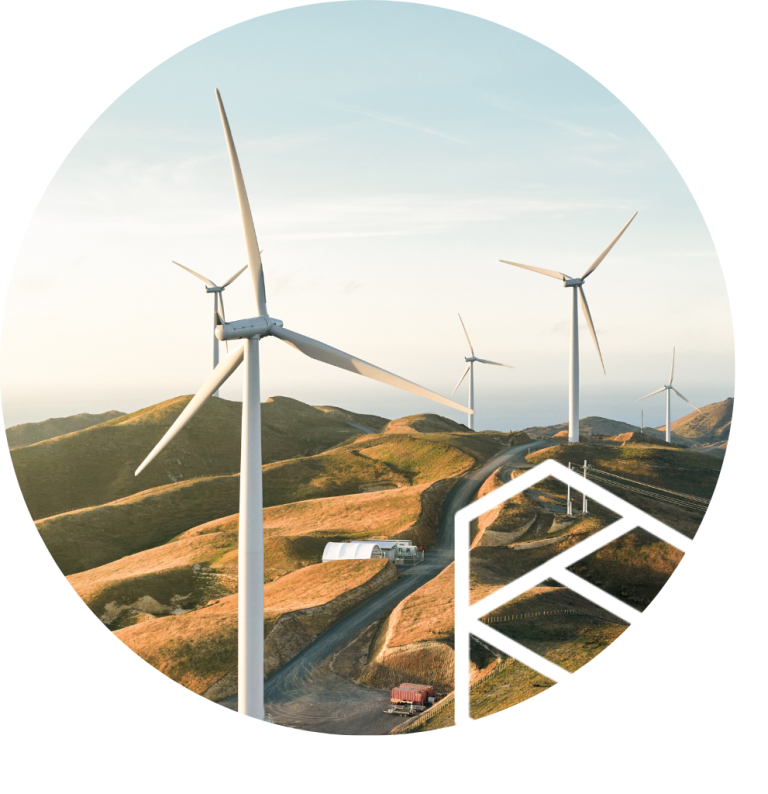
Get in touch
EnviroStrat operates nationwide in New Zealand and regularly in the USA, India and developing nations throughout Southeast Asia.

